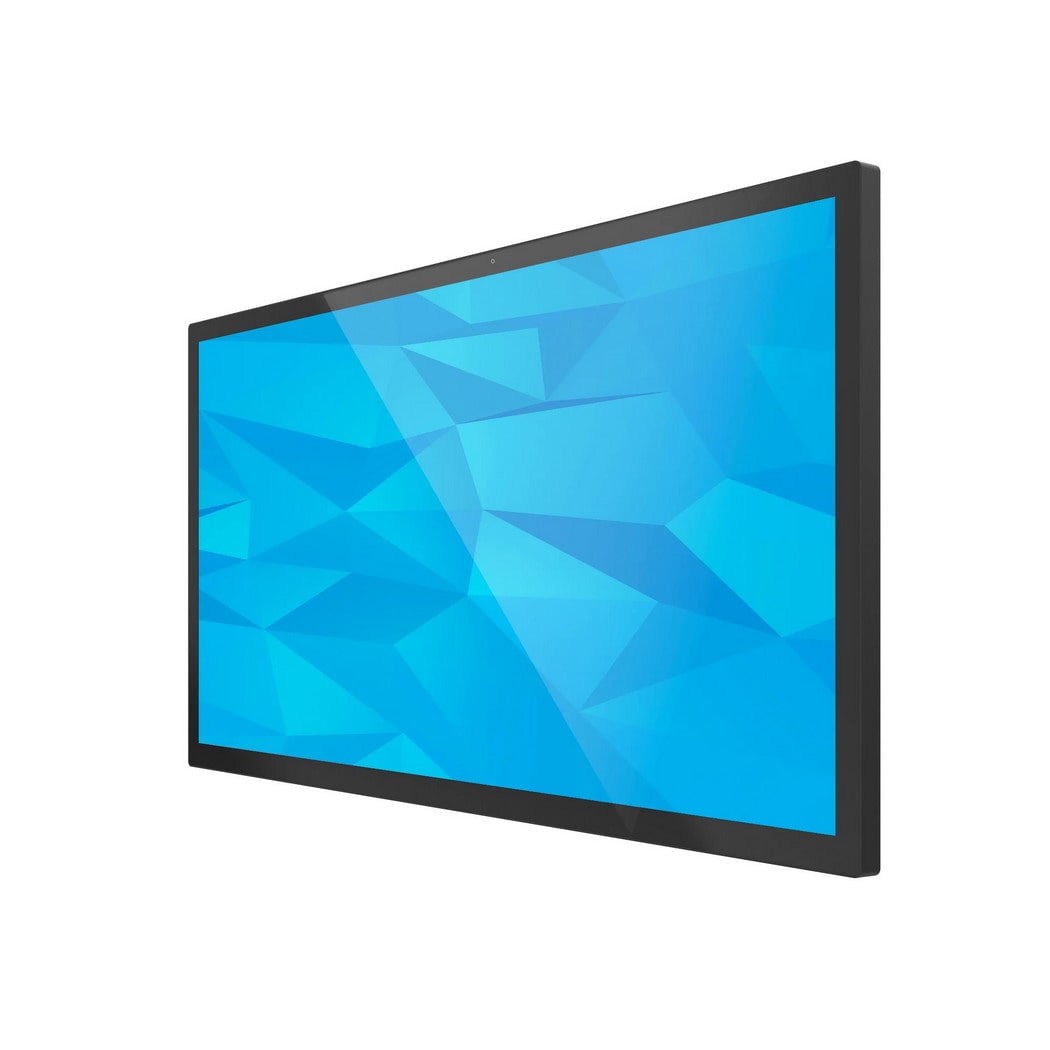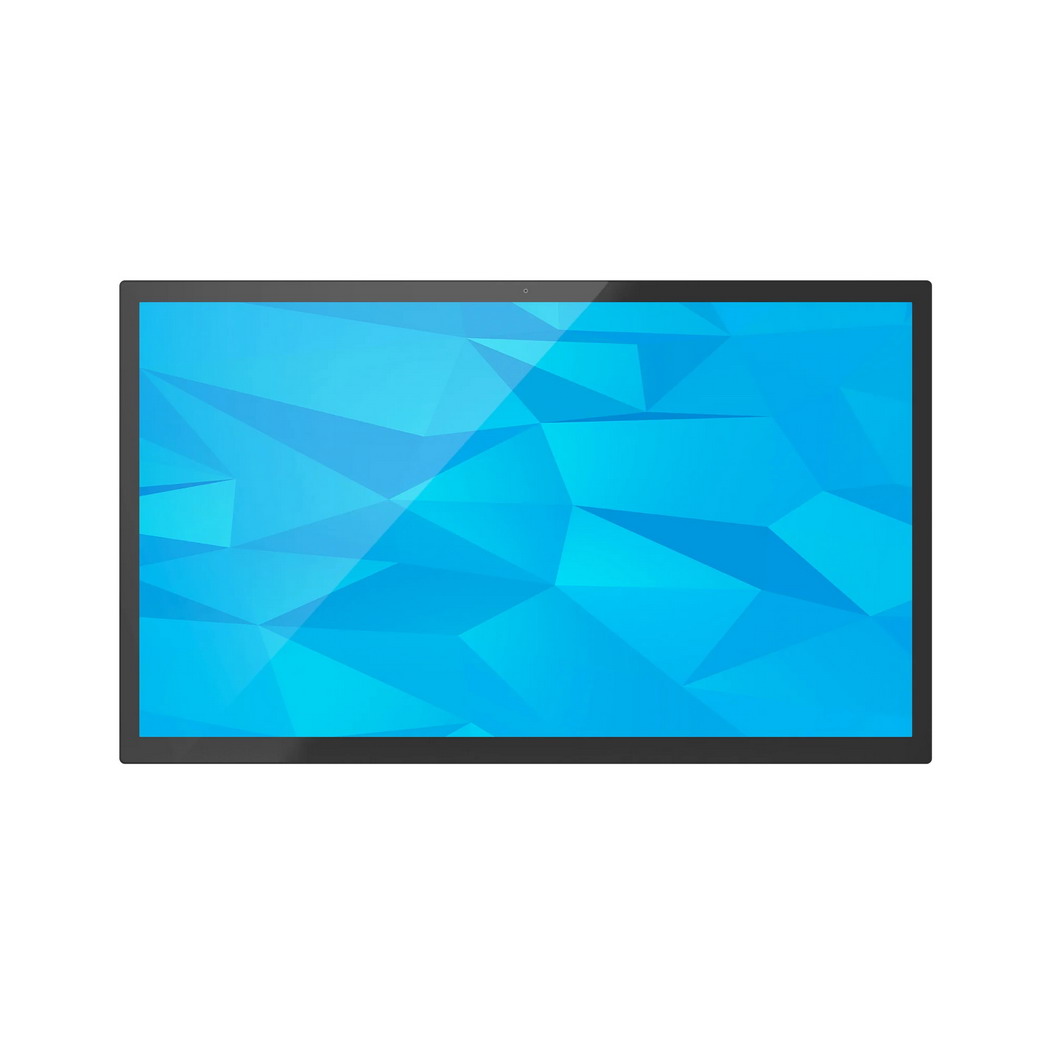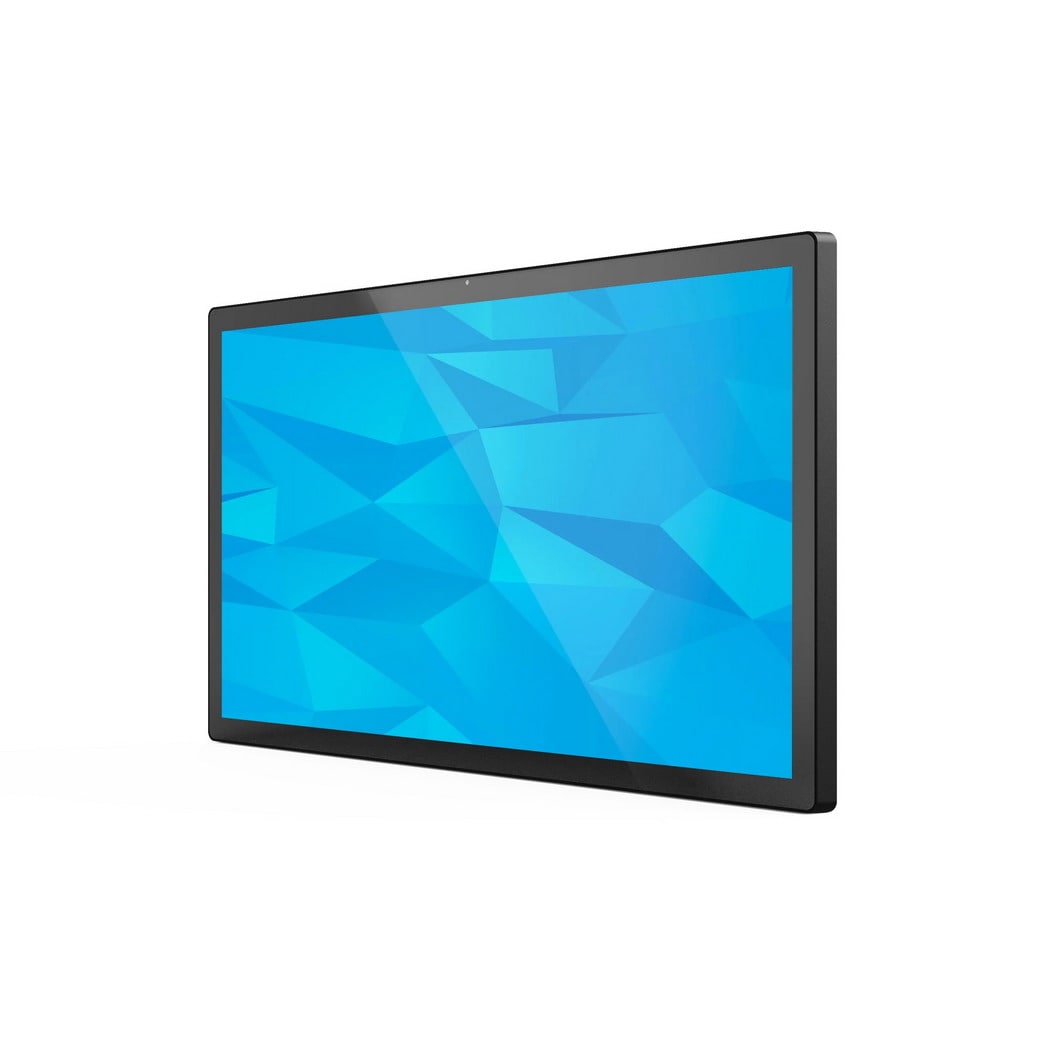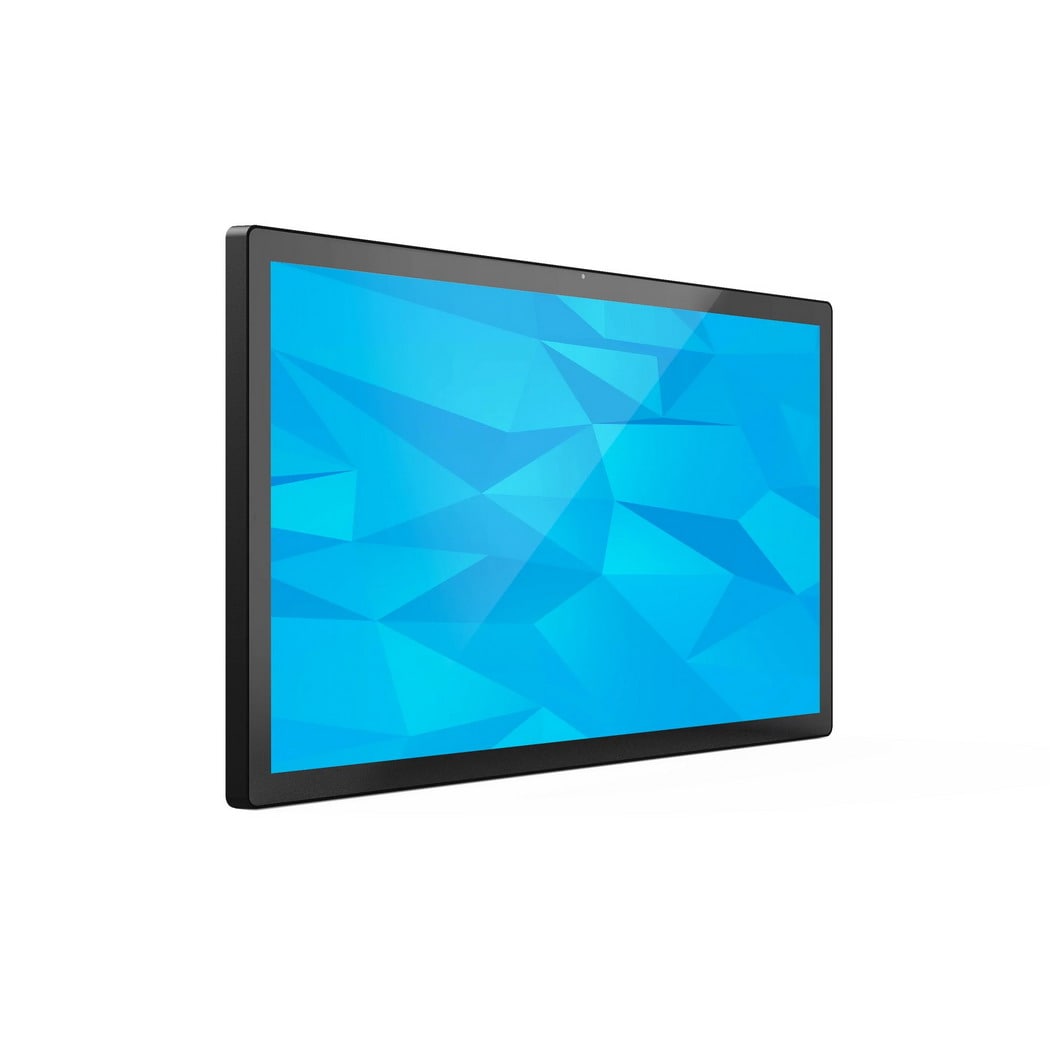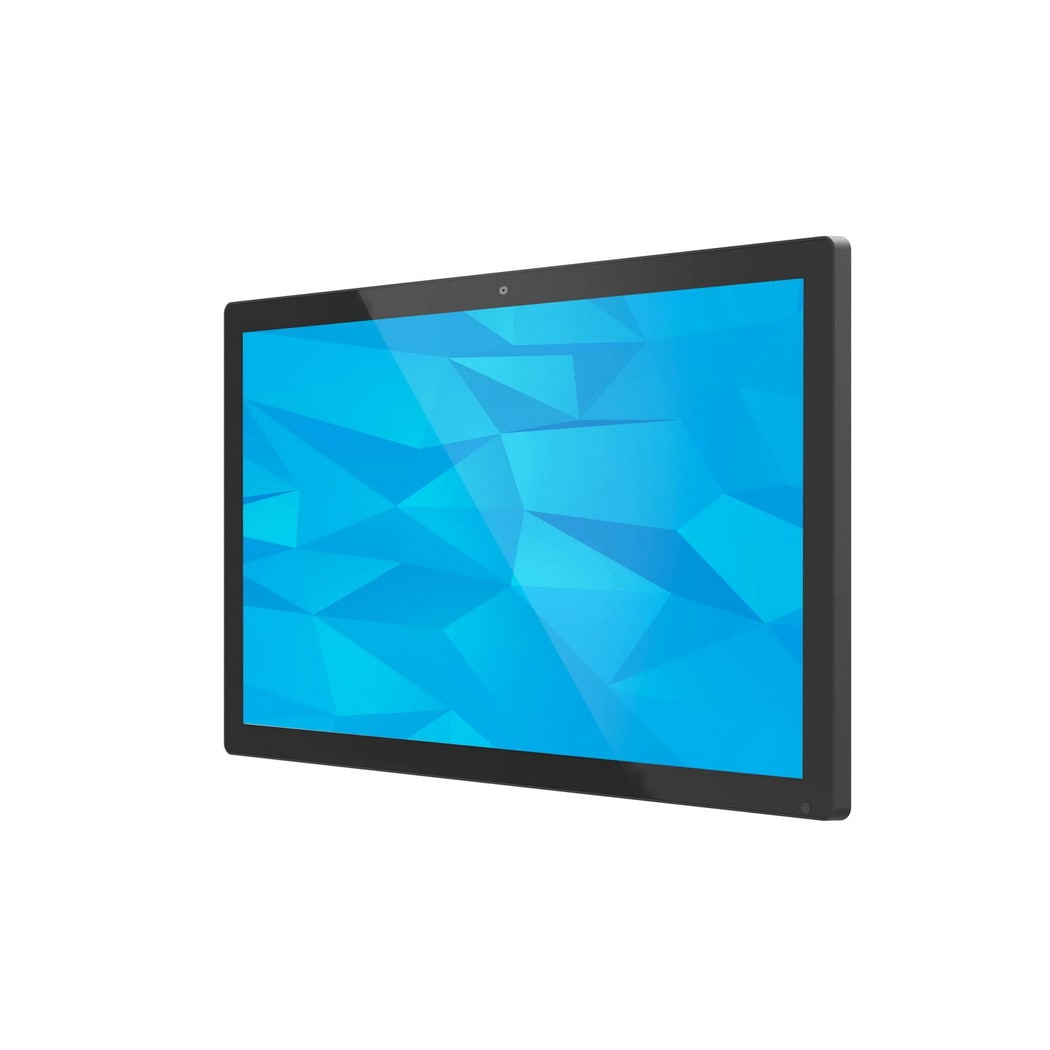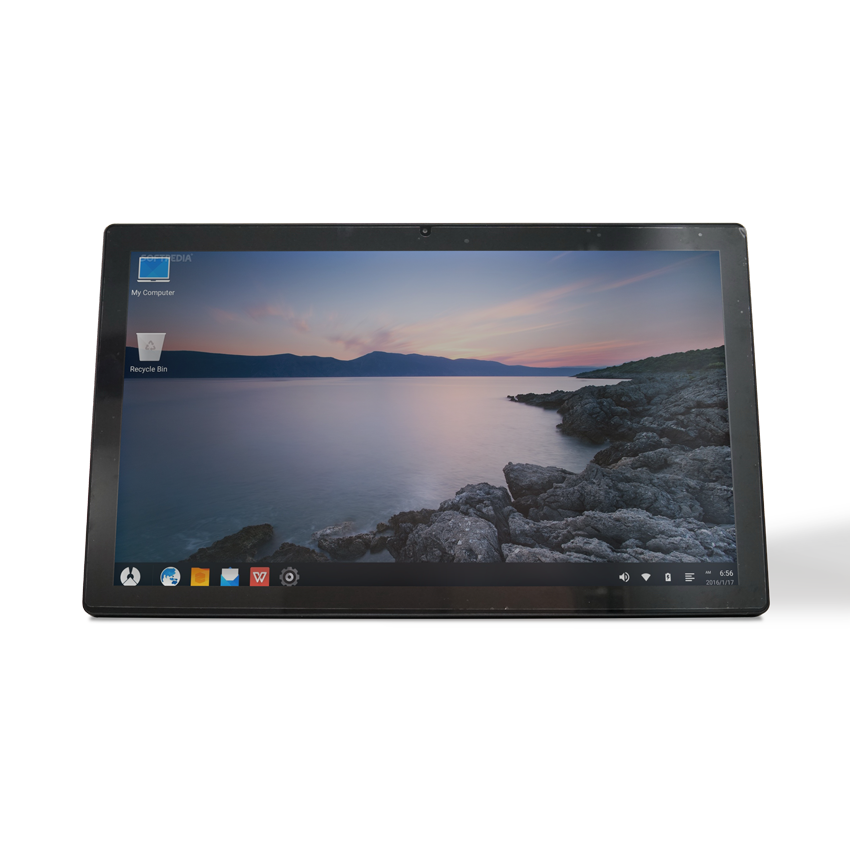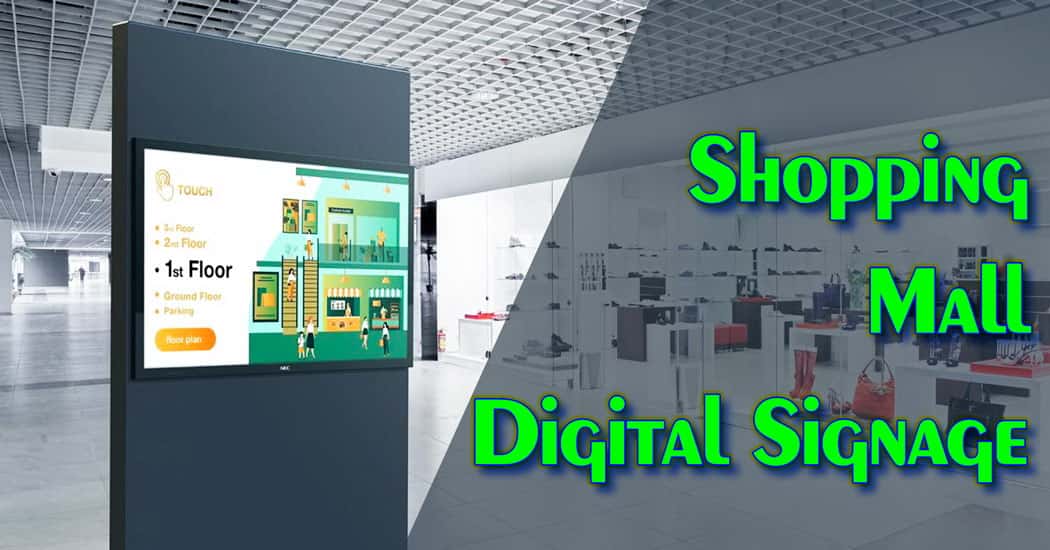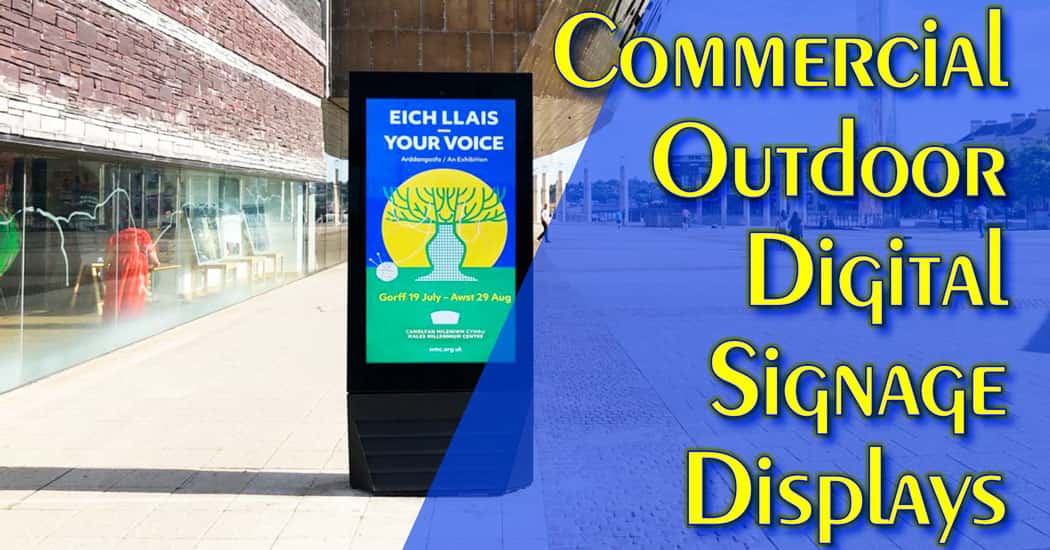
Enhancing Touch Panels: The Value of AR Glass and AG Glass
Confused about AR Glass and AG Glass for your touchscreen project? This guide breaks down their benefits—from enhanced clarity (AR) to glare reduction (AG)—helping you choose the right cover glass for displays in any lighting condition.
In the fast developing world of touchscreen technology, cover glass plays big role in touchscreen, AR glass(also called anti reflective glass or non reflection glass) and AG glass(also called anti glare glass or non glare glass) as two most popular types of cover glass, they enhance touch panel quality and viewing experience. What are AR Glass and AG Glass? And speaking of quality and viewing effect improvement, how do they come into play? Let’s explore it together.

What is AR glass?
AR glass was made using the most advanced vacuum magnetron sputtering technology to spray an anti-reflective coating on the glass surface, increasing lighting transmission from the original 89-90% to a maximum of 99%. The reflection will also be reduced to a low level, which helps the glass look clearer and more real.
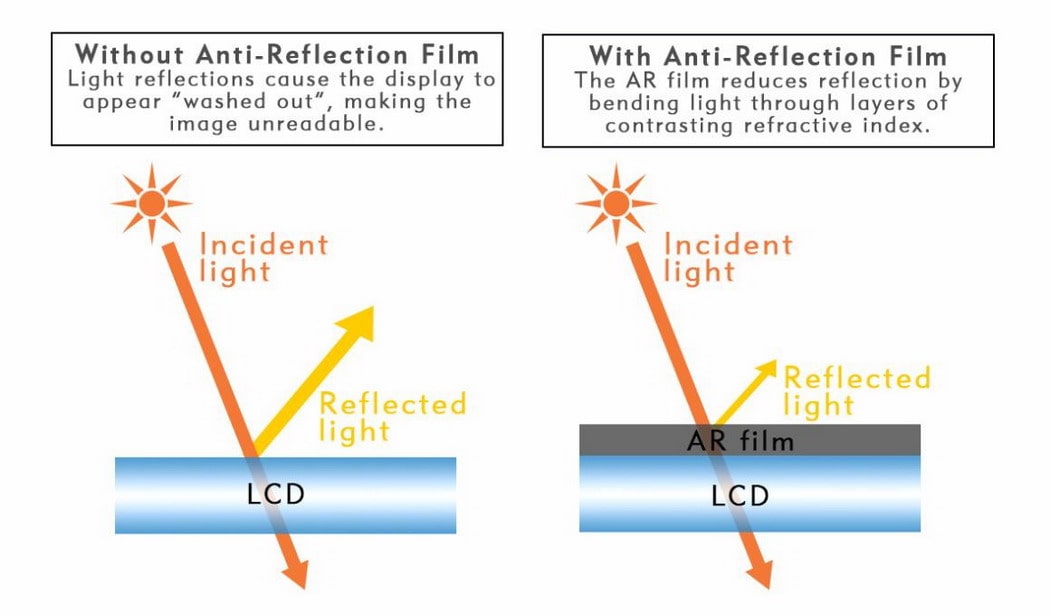
What is AG glass?
AG glass was made by acid etched or spraying coating method, to make the glass from high glossy to a roughened but smooth surface, which helps the glass reduce light reflection from 9% to 1%, meanwhile keeping the glass transmittance almost the same as before, which makes touchscreens much easier to read, especially in bright or outdoor environments.
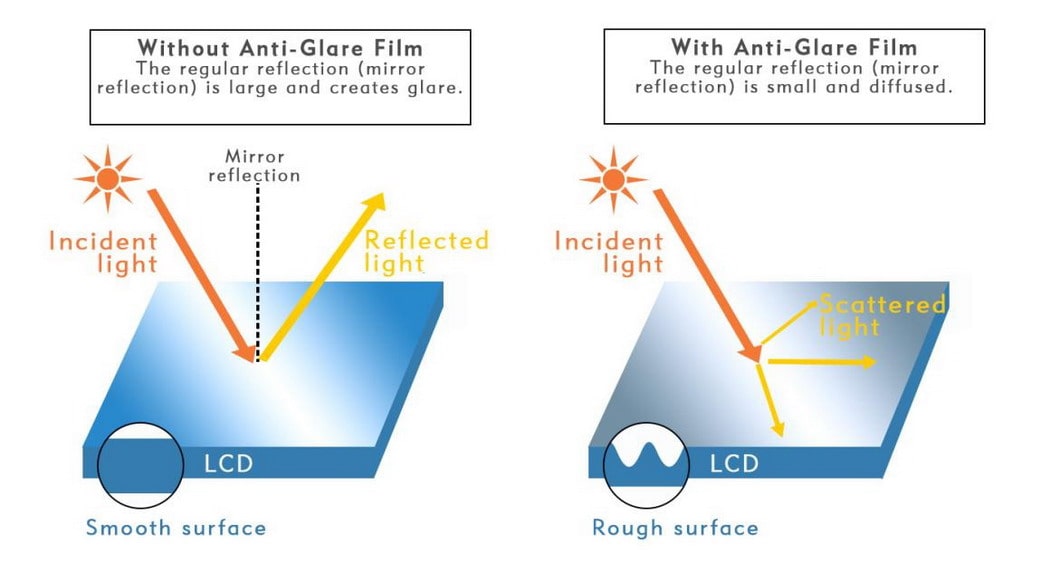
Key Benefits Of AR Glass
When it comes to AR glasses, the advantages are numerous. Here are some key benefits that make it a popular choice among touchscreen designers and manufacturers:
1. Enhanced Clarity and Visual Performance
As the name suggests, anti-reflective glass is capable of increasing lighting transmission, which allows the image display of touchscreens to become clearer and more vivid.
2. Reduced Eye Strain
After a long time staring at screens, the glass reflection will cause eye strain, AR coating reduces undesired reflections, making people have a more comfortable viewing experience.
3. Improved Glass Quality and User Satisfaction
Anti-reflection coating, as an advanced surface treatment, improves glass quality level. When users can view content clearly without distractions from reflections, their overall satisfaction increases. This clarity can be a decisive factor in brand reputation, particularly for manufacturers targeting high-end markets.
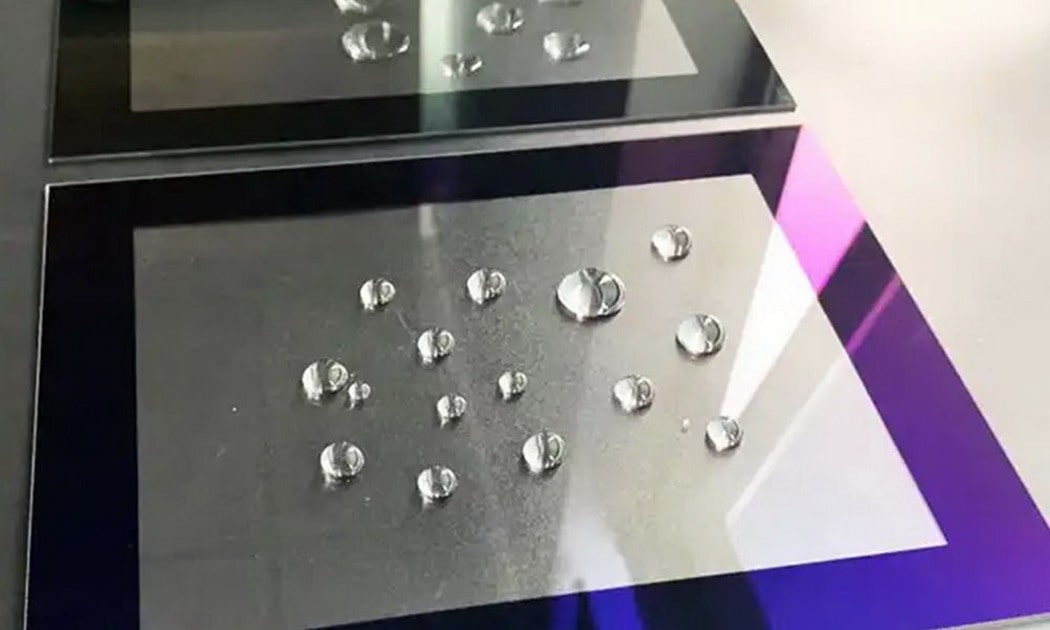
Key Benefits Of AG Glass
AG glass, with its low glare and environmentally stable features, makes it pretty popular, especially for outdoor or industrial applications.
1. Superior Usability in Bright Environments
For applications often exposed to bright lights or direct sunlight, like outdoor, AG glass goes first. It helps spread light, reducing glare. This makes it easier for users to see and use devices in bright light. And makes anti-glare glass particularly suitable for outdoor displays, digital signage, point-of-sale systems, and even automotive applications.
2. Cost-Effectiveness for Volume Applications
Sometimes, anti-glare glass is comparatively cheaper than anti-reflective (AR) glass. AG glass is a good choice when you need strong glass that reduces glare. It works well and is cost-effective, especially for larger projects like outdoor kiosks or educational interactive whiteboards. This can help businesses save money while still keeping good quality.
3. Environmental and Chemical Stability
The most important feature is AG glass is all safe in different environments. You don’t worry about the anti-glare coating fading away with time passing by in rude use.

Comparing AR Glass And AG Glass
Understanding the differences between AR glass and AG glass helps in making the right choice for specific applications. Here, we highlight the primary distinctions:
1. Optical Properties
The optical properties of AR glass focus on increasing light transmission, leading to clearer visuals. In contrast, AG glass is designed to diffuse light by roughening the glass surface, which makes the glass look matte, so the pictures displayed may not be as clear as AR glass. Depending on the intended use, one may be more advantageous than the other.
2. Glare Reduction Capabilities
AR glass and AG glass both reduce glare, but they work better in different situations. Anti-reflective glass performs best in varying lighting conditions due to its superior light transmission. Conversely, anti-glare glass is exceptionally effective in consistently bright settings, where glare is most prevalent.
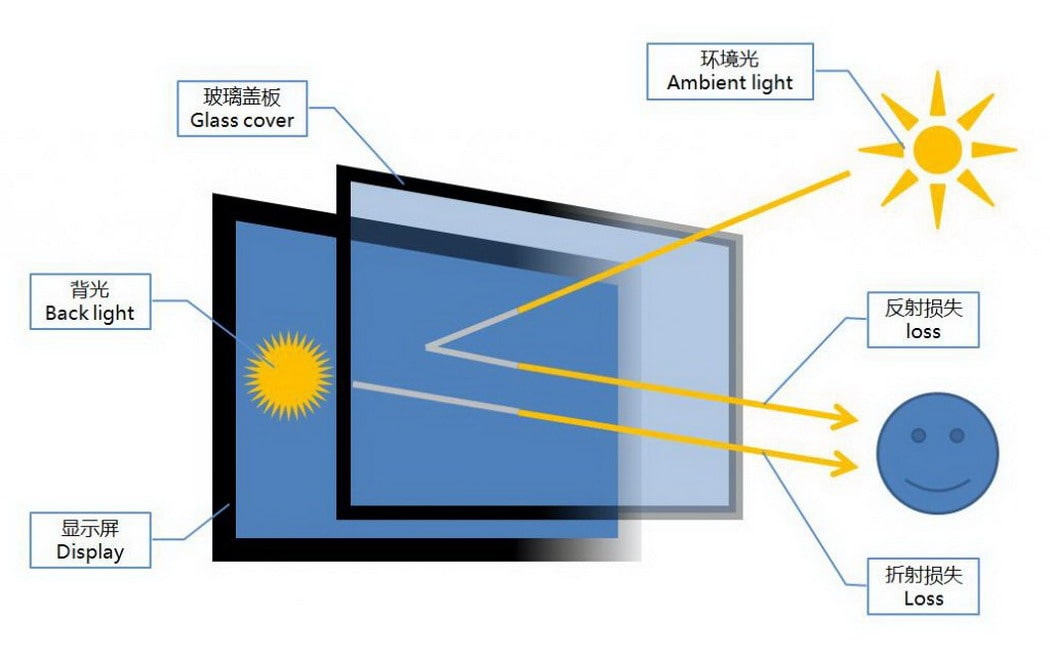
Selecting The Right Glass For Your Touch Panel Or Display
When it comes to selecting the appropriate glass type for your touch panel design, several factors should be considered:
1. Application consideration
If applications have high requests for visibility, such as medical display, face or document identification, AR glass will be a better choice. For some areas where it just needs glass to be more reliable, AG glass goes first.
2. Environmental and Lighting Conditions
Begin by assessing the primary usage environment. If the touchscreen will frequently face a bright and harsh environment, AG glass may be a better option. For mixed lighting conditions, AR glass is often advantageous.
3. User Experience Objectives
Consider the experience you want to deliver to your users. If you want clear views and less eye strain, consider using anti-reflective glass. Conversely, if glare reduction is more critical, anti-glare glass should be your go-to choice.
4. Durability and Longevity
Evaluate the durability requirements for your application.AG glass is stronger and more durable in all kinds of applications and various environments. But AR glass requires careful handling to keep its coating in good condition. Assessing the long-term needs will guide your choice.
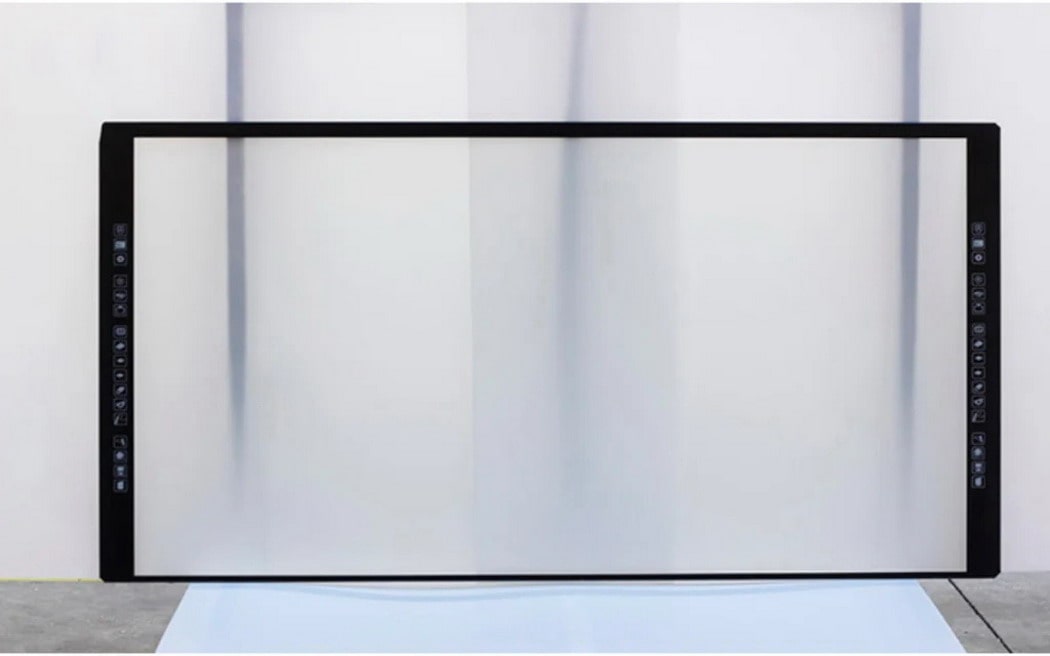
In Summary
AR glass enhances clarity and reduces reflections for mixed lighting conditions and high-precision viewing, whereas AG glass excels at minimizing glare and improving readability in bright settings with added durability. Both treatments significantly improve touch panel usability and user comfort, and the choice depends on the specific use case and environment.
Closely related post:
Latest updated post:
Latest products:
